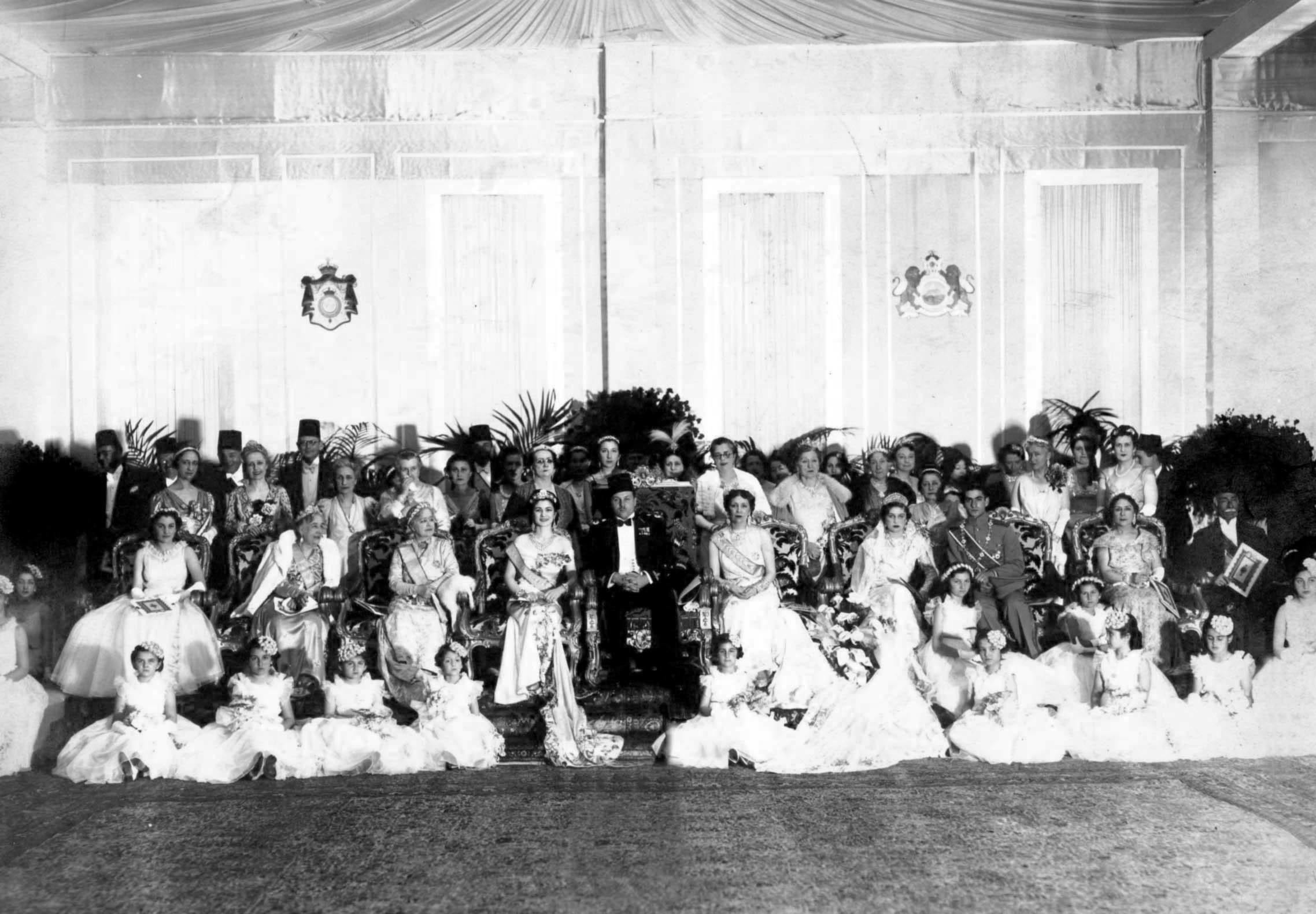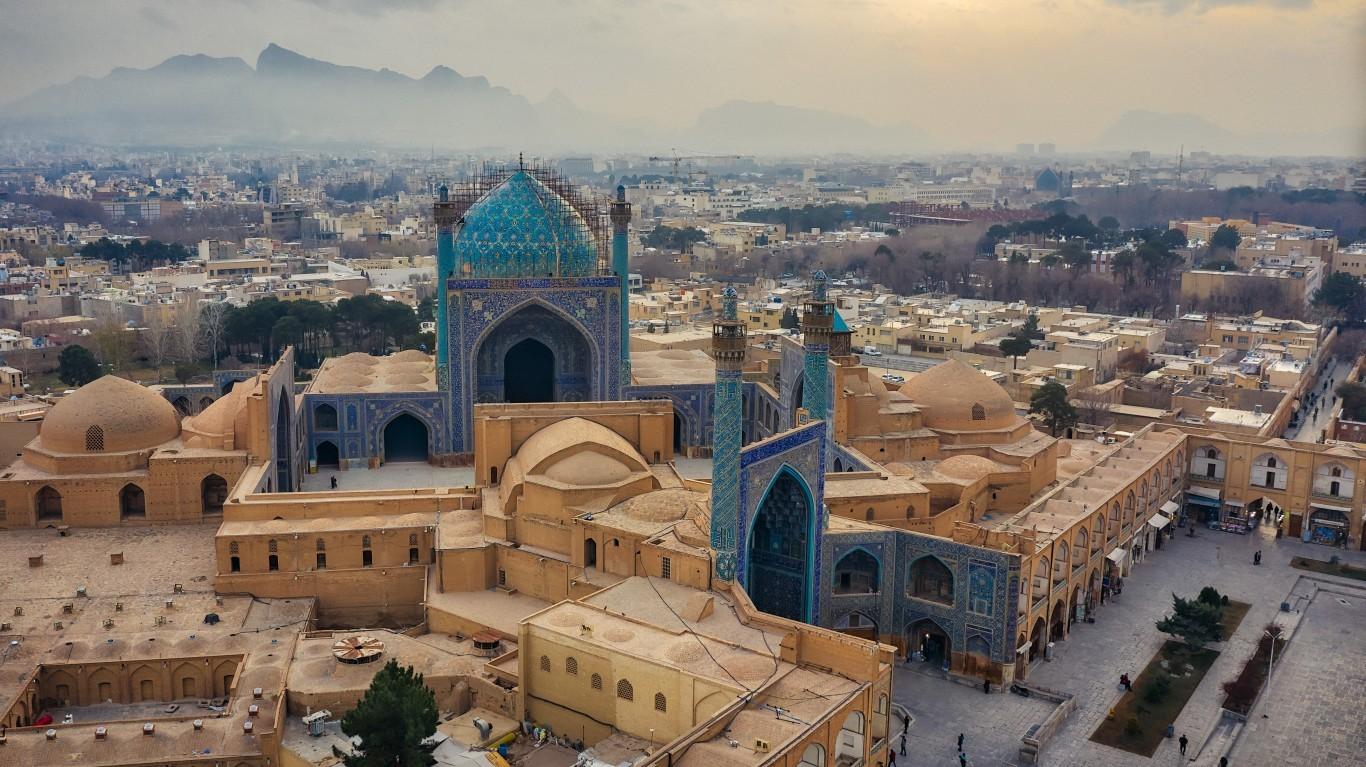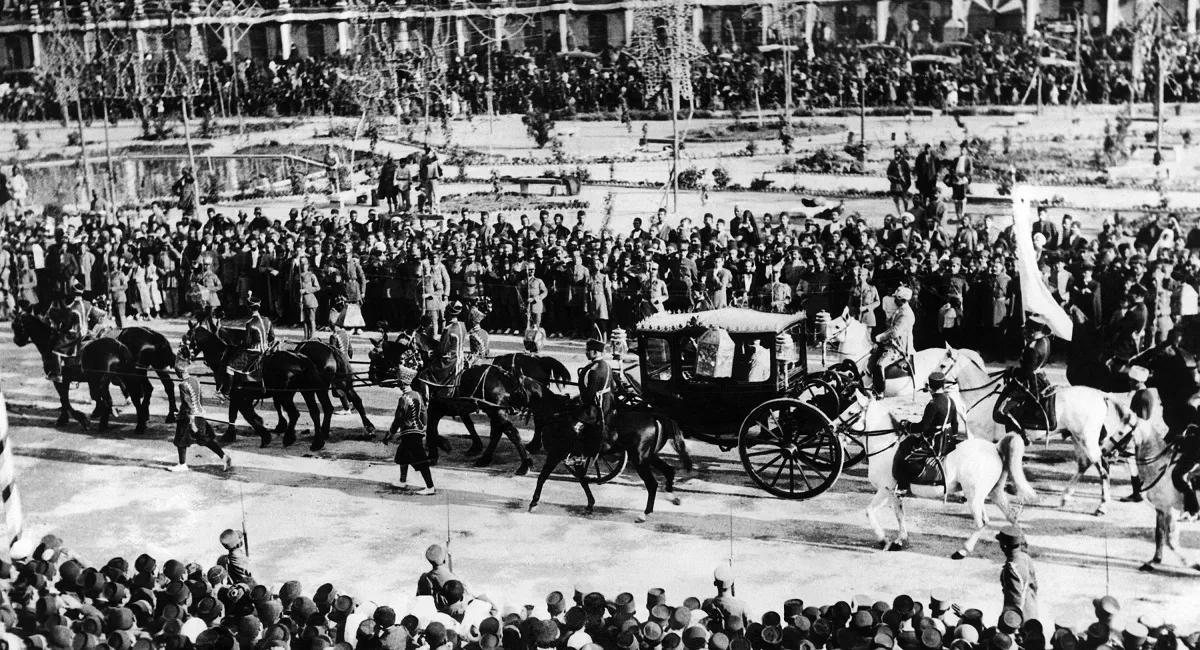Why did they change Persia to Iran?

On the Persian New Year, 21 March 1935, Reza Shah announced that he was formally changing the name of his country from 'Persia' to 'Iran'. He believed that Persia was too colonial, oriental and destructive.
In the minds of the people it was associated with the devastating debt accumulated by endless wars and the gross mismanagement of their predecessors, the Qajars. For them, 'Persia' spoke of the past, not the future.
Reza Shah was a passionate, visionary reformer who wanted Iran to keep pace with the modern world. He felt that it lagged behind in practically all areas. It needed a facelift and a new name.
Ascension of Reza Shah
Shah himself was semi-illiterate. Born in obscurity and raised as an orphan, he grew up in poverty before joining the army and rising through its ranks, helped by a strong will and a sense of ambition that knew no bounds.
Ultimately, at the head of the Persian Cossack Regiment, one of Iran's only professional military organizations, he marched on Tehran and led a coup in 1921. It was largely bloodless, as his men faced little resistance.

He deposed the Qajar Shah, appointed himself prime minister, and named himself chief of the army and minister of war. In 1925, he became Shah himself, then initiated a major program of reforms, including large infrastructure projects.
He built a railway connecting the Caspian Sea to the Arabian Gulf, established Iran's first radio station, and established its first museum. She hosted the first Women's Congress in Tehran in 1932, then two years later, she founded the University of Tehran, and made education compulsory for both boys and girls.
They excavated ancient cities such as Persepolis, the old capital of Persia, and sent thousands of young Iranians to study abroad, primarily in the United States and Europe, on state scholarships.
not just a name change
He was so conscious of public image that it became a crime in Iran to take photographs of anything like ghettos, camels and bedsheets.
Following the country's 1935 name-change, he issued one of Iran's most controversial decisions: the Kashf-e Hijab, an order banning the headscarf and chador in January 1936, which put him at odds with the mullahs.
He wanted women to participate fully in society, yet it was also a nation-building exercise, applied to those who wanted to show their tribal, religious, regional or class-based affiliations through clothing. Were addicted. He felt that modernism needed strong roots in history and culture.
When he came to power, he chose a family name for himself – 'Pahlavi' – which was taken from the official language of the pre-Islamic Sassanid dynasty. The Pahlavi dynasty was to rule Iran until the overthrow of its son in 1979.
fall of shah
Decades earlier, in 1941, when wartime allies Britain and the Soviet Union invaded neutral Iran, Reza Shah himself was deposed. The Shah was accused of being too close to Nazi Germany, which was its largest trading partner.
He admired Germany for discipline, work ethic and industrial prowess, but whether he admired or liked Adolf Hitler – as has been suggested – is a matter of historical debate.
For the Allies, his main crime was his refusal to expel thousands of German advisers and engineers who had been working in Iran since the early 1930s, whom Britain and the USSR feared would be a threat to the Third Reich. Were spying.
The allegation that the name-change (from Persia to Iran) was a German idea was never confirmed, but the Shah's order was warmly welcomed in Iran itself, as Iranians referred to their country that way. Only the West called it 'Persia'.

To avoid confusion between Iran and neighboring Iraq, British Prime Minister Winston Churchill asked Tehran to revert to its old name 'Persia' left after World War II.
In 1959, the Shah's son and successor permitted the use of both names interchangeably: 'Persia' for the historical context, 'Iran' for the modern context.
Similarities in Ankara
Fast forward to December 2021. Without prior warning, Turkish President Recep Tayyip Erdogan decreed that the name 'Turkey' would be replaced by 'Turkey' in the United Nations and in all treaties and official correspondence.
Was his decision inspired by the Shah's order 86 years ago? Given Turkey's more serious and immediate issues, such as the war in Northern Cyprus, Kurdish separatists and neighboring Syria, it seemed like a strange and untimely decision.
The name 'Turkey', which Erdogan decided to drop, was derived from Old French, 'Turkey', and Medieval Latin, 'Turquia', meaning 'land of the Turks'.
Erdogan decided to pronounce his country's name more deeply, as part of a broader rebrand he has been pursuing since his Justice and Development (AK) party came to power two decades ago.
looking forward, looking back
One part of this was called neo-Ottomanism, which focused on the restoration of Turkish influence (political, economic and cultural) in former cities and towns that were once part of the Ottoman Empire.
Yet there is a disparity here: Reza Shah changed his country's name while looking toward the future, while Erdogan did so while looking backward, taking inspiration from his country's past.
The different reasons can be further explained by the fact that Reza Shah was a great admirer of Turkish President Kemal Atatürk. Erdogan is not. Quite the opposite.
Inspired by Atatürk's republic, Reza Khan had seriously considered turning Iran into a republic as early as 1925.
He kept it as a monarchy only because he knew that the clerics would never allow it, arguing that Islam – since the time of the Prophet – had known no such thing as republicanism.
name changes elsewhere
In recent years, other states have taken similar steps, but none have paid as much attention to Erdogan's name-change or the Shah's.
In January 2020, the Dutch government formally dropped the name 'Holland' and settled for 'Netherlands'. In 2018, Swaziland changed its name to Eswatini and Ceylon became Sri Lanka.
In the Arab world, the Emirate of Transjordan changed its name to the Hashemite Kingdom of Jordan in 1946, while Syrians have always debated whether they should write their country's name with the aleph سوريا or tha'e Marbouta. Should be written together.
There are also cases of name changes that persist over time, without being formalized in writing. Gaza is one of them. It seceded from the already fragmented State of Palestine following the Hamas takeover in 2007.
Many people now call the strip "Gaza", not Palestine, and call its people Gazans rather than Palestinians.

- Web Development
- Art
- Causes
- Crafts
- Dance
- Drinks
- Film
- Fitness
- Food
- Jogos
- Gardening
- Health
- Início
- Literature
- Music
- Networking
- Outro
- Party
- Religion
- Shopping
- Sports
- Theater
- Wellness




